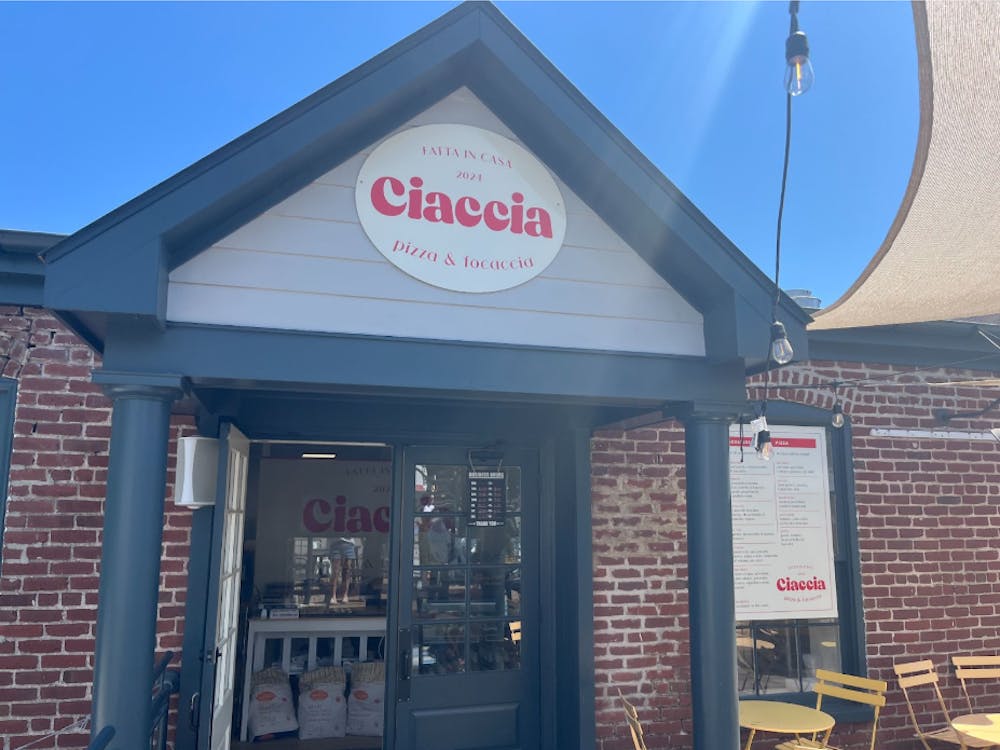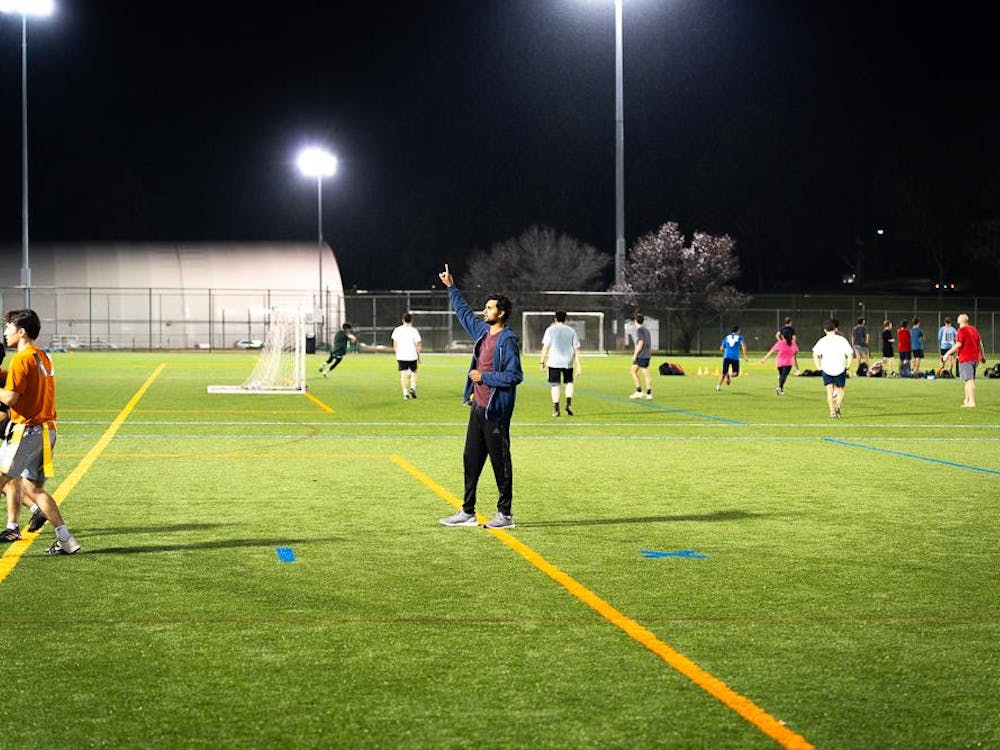The current special collections exhibit begs the question, how much 'hoo is in your wahoo?
A piece in the show offers one way to answer: the poster reads, "If you had your life to live over again, would you still fall in love with yourself?" and "Are you a candidate for the Alcohol of Fame?"
The quiz is part of "All the Hoos in Hooville: 175 Years of Life at the University of Virginia," a special collections exhibit running through Oct. 30. Aside from recalling student fashions, the exhibit highlights a variety of aspects of University history by displaying school memorabilia from yearbooks to school records.
"We wanted to attract all types of people, so we have a variety of material in the exhibit," said exhibit curator Jeanne Pardee, who created the concept.
The result is a collection of hundreds of momentos. While some items are borrowed from alumni and other sources, about 95 percent of the display comes from the archives in Alderman Library, Pardee said.
Along with manuscript cataloger Ann Southwell, Pardee hunted for material through school archives to find the material that would collectively tell an interesting historical tale.
"Between the two of us, we have 50 years in this library. We knew where the interesting things were," Southwell said.
Pardee also knew what to name the exhibit to coincide with the exhibit's historical theme and one of its sections, "Famous, Infamous, and Fictitious."
According to Pardee, many people wrongfully believe that Dr. Seuss is affiliated with the University. They believe the "Whos" in "How The Grinch Stole Christmas" are somehow related to the University's Wahoos.
Despite the lack of a connection between the University and the author, the numerous inquiries inspired the exhibit's name, "All the Hoos in Hooville."
The exhibit begins chronologically with the founding of the University. A letter written by Thomas Jefferson to Joseph Carrington Cabell, the first minute book of the Board of Visitors and Jefferson's early sketch of Pavilion VII are included.
Also on display are blueprints for the original Grounds and the earliest known photo of the Lawn. The photo, taken in 1868, shows a cow catch, used to prevent livestock from chewing grass.
Another part of the exhibit honors students who fought and died in wars. "We Will Remember Them" features a Japanese field radio with bullet holes from World War I. Pictures, maps and letters from soldiers to their families tell the stories of students who fought in battles as early as the Alamo.
This section also provided a surprise for Southwell--she found a record book that confirmed her suspicion that at least one University student fought in the Civil War as a Union soldier. The 1876 record listed most of the University's alumni and contained as much information as was known about each student listed.
"We knew there had to be at least one student who fought for the Union. A big deal was made over the students who fought on the Confederate side, but nothing was ever said about those who fought for the Union," Southwell said.
Southwell found another surprise when the record unveiled the number of Confederate Generals who attended the University.
"We found seven Confederate Generals from the University. I didn't realize the number was that high," she said.
In quite an opposite experience, the "Breaking Traditions" section of the exhibit relates the hardships of the first African-Americans and the first women at the University. The section also includes pictures and memorabilia of the first known Jewish students at the University during the 1890s.
Also in this section, visitors can test their knowledge of applied math by looking at William Mynn Thorton's five-hour exam.
Thorton, an applied math professor in 1886, advocated modernizing the University's curriculum by expanding the sciences at the University.
"Thorton felt the future of the University relied on bringing in practical disciplines," Southwell said.
Students can peruse other past faculty in the "Fabled Faculty" section, which lists the contributions of professors and other faculty members.
A sports section called "Between the Lines" displays a 1933 baseball card of Eppa Rixey, the only baseball Hall of Famer to come from the University. "Between the Lines" highlights sports up to and including this year's lacrosse championship.
From the founding fathers to this year's lacrosse championship, "All the Hoos in Hooville" offers a variety of historical information pertaining to the University.
"The exhibit gives you a sense of pride to see how much the University has grown and changed," public relations specialist Melissa Norris said. "It's always good to know where you come from, and that might help you see where you are going"






